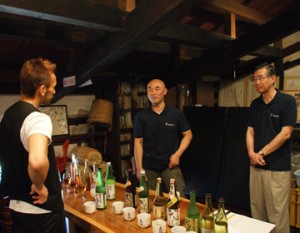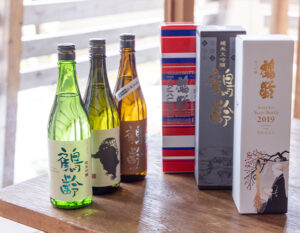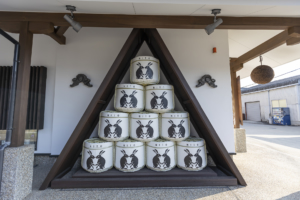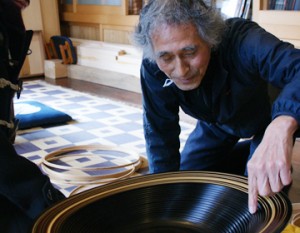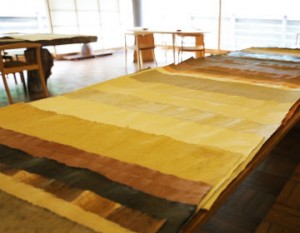Kaga vegetables that have developed in their own unique way
In Kanazawa City, Ishikawa Prefecture, traditional vegetables that have developed uniquely in accordance with the local soil and environment are certified as “Kaga vegetables. There are 15 vegetables that have been certified as “Kaga vegetables,” and we visited “Hasu Dayori,” an agricultural cooperative that grows one of them, Kaga lotus root.
Characteristics of Kaga lotus root
Kaga lotus root is characterized by its thick flesh with packed internodes. Its firm consistency and crunchy texture stimulate the appetite. When grated and steamed, the difference in stickiness is obvious compared to other kinds of lotus root.

Harvesting of lotus root is in summer
Rengon is planted in the spring and harvesting begins in August. In the summer, new lotus root has a pear-like sweetness. Harvesting continues through the winter until May, and as the weather gets colder, the sugar content is converted to starch, which makes them stickier. It can be eaten as tempura or kinpira, but in this area, it is often grated and steamed before being poured with starchy sauce and eaten as lotus steamed rice,” says Takafumi Kawabata.
In 2006, at the age of 28, Takafumi Kawabata quit his job as a salaried farmer and started farming. He apprenticed himself to a farmer to learn about lotus root cultivation before setting up his own business. Currently, he is growing lotus root in a field totaling 9,000 tsubo (about 1,000 square meters) in the town of Konan in the northern part of Kanazawa City.
Mr. Kawabata says, “I want to grow delicious bricks by the power of the soil, without using pesticides or chemical fertilizers.
It was early November when I visited the farm. A cold wind was already blowing. Mr. Kawabata entered a field filled with water to harvest. He uses a jet of water from the hose to find bricks more than a meter long buried in the soil, and carefully lifts them up so as not to break them. He relies solely on his intuition and the feel of his hands.
The harvesting process begins between 2 and 3 in the morning. In winter, it snows and it is not unusual for the fields to be frozen over,” says Kawabata.

Difficult lotus root harvest
Hidetoshi Nakata also tried his hand at harvesting. The water was only knee-deep, but he had to crouch down to harvest. It is not easy to move in the mud, and it is not easy to dig out the brussels sprouts from the earth by hand.
Even when you finally find it, you don’t know where the root is,” he said. It is also very difficult to lift it up without breaking it.
Mr. Kawabata also focuses on selling processed products such as “Kaga Renkon Chippu,” which is thinly sliced and deep-fried, and “Kaga Renkon Powder,” which can be used like wheat flour or rice flour.
It makes me happy when people say, ‘It tastes nostalgic,'” Kawabata said. Rencons preserved in the ground in the cold have a strong flavor,” says Mr. Kawabata.

Kaga Renkon Chips can be purchased on the website.
“Kaga Renkon Chips” is also available at antenna stores and mail-order sites in Tokyo. Since it is sliced by hand with the skin intact, it is more flavorful and tastier than machine-sliced products, and is definitely worth trying.





